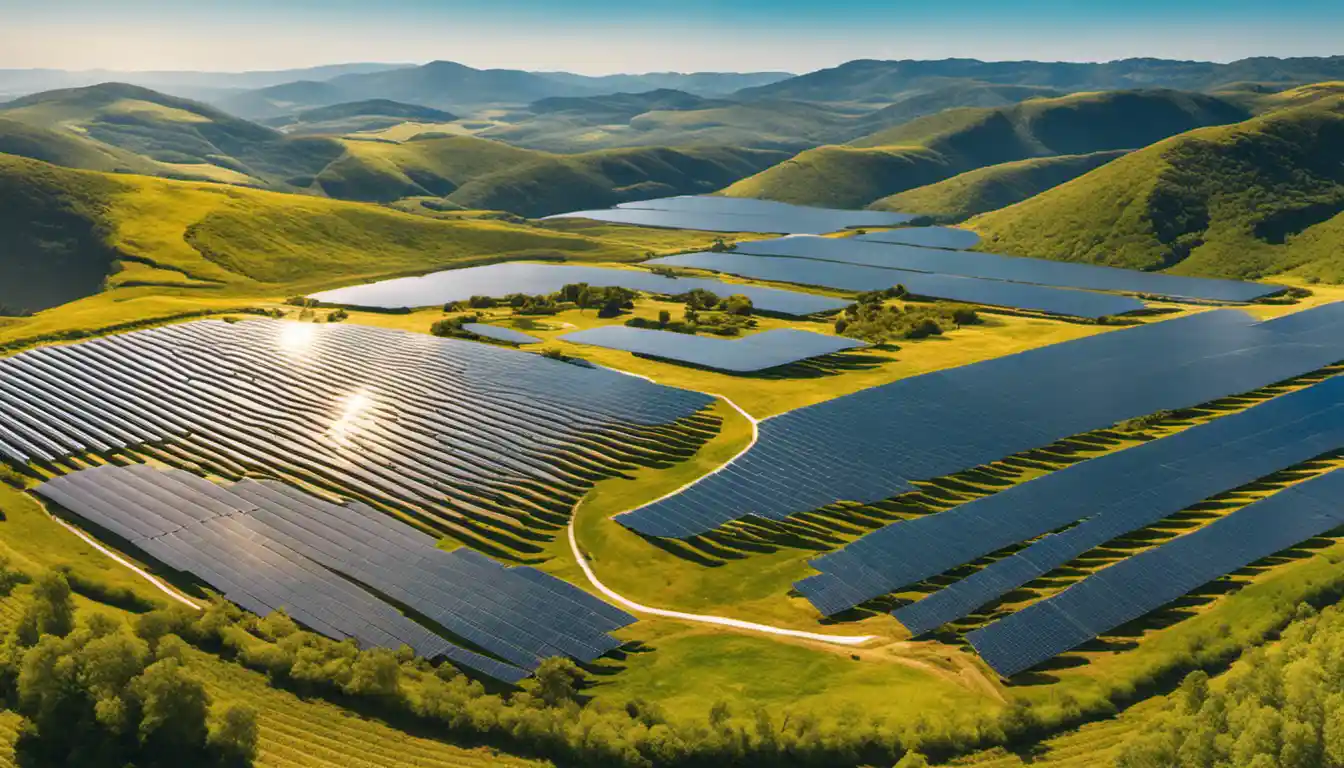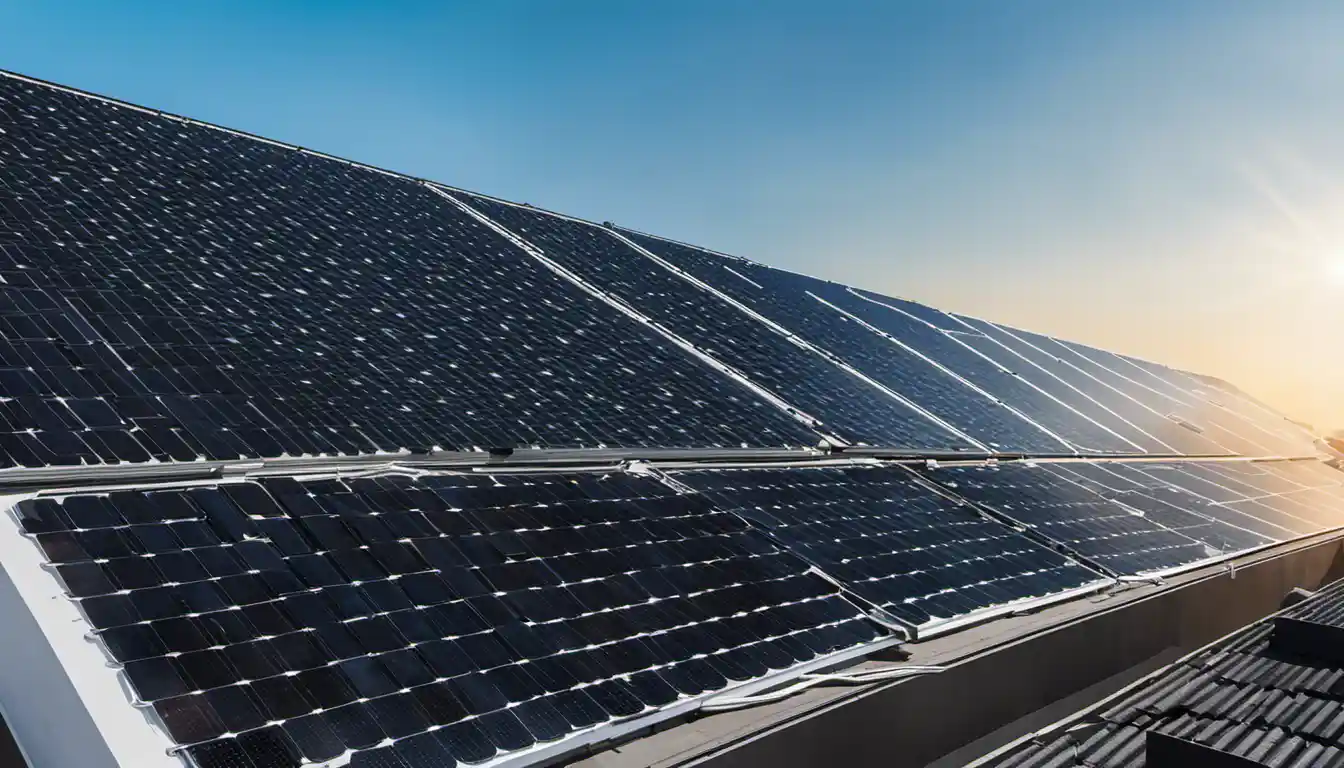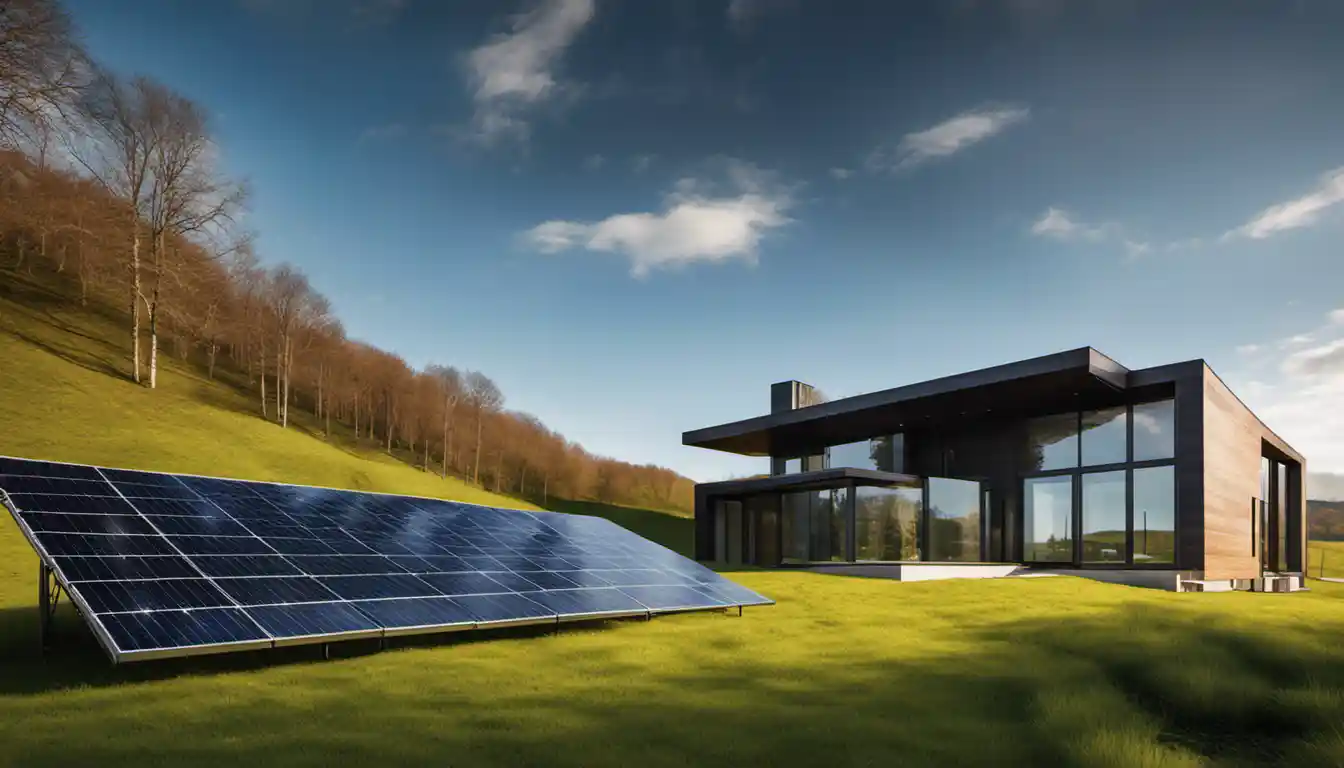Understanding the Basics: Charge Controller and Solar Panels
The distance between solar panels and the charge controller can vary depending on the system setup, but it’s generally recommended to keep them as close as possible to avoid voltage drop and power loss. The exact distance can be calculated based on wire size, voltage of your system, and the power in watts that your solar panels are generating. Always consult with professional guidelines or a technician to determine safe and efficient setups for your specific situation.
What is a Solar Charge Controller?
Starting at the beginning, a solar charge controller is a device that plays a crucial role in any solar power system. It essentially manages the power going from the solar panels to the battery bank. Its primary function is to ensure your batteries don’t overcharge during the day and prevent battery drain during the night.
The Function of Solar Panels
Solar panels are the core assets of your solar energy system. They convert sunlight into electricity we can use. Simply, solar panels absorb photons from the sun, creating an electric field across layers, leading to electricity being pushed out of the solar panel, where we can use it or store it in batteries.
Unveiling the Concept of Power Loss
Understanding Power Loss
The next step in our journey towards understanding “how far can solar panels be from charge controller” is getting a grip on power loss. Electrical power loss is an unavoidable part of transmitting electricity, primarily as heat due to resistance in the wires. The further the electricity has to travel, the more power is lost along the way.
Impact of Distance on Power Loss
When your solar panels are far away from your charge controller, the power will have to travel a more extended distance through connecting cables. It can lead to more significant voltage drops and, therefore, power loss. In other words, you’re not benefiting from the full capacity of your solar panels if they’re placed too far from your charge controller.
Determining the Ideal Distance Between Solar Panels and Charge Controller

The Concept of Maximum Distance
The precise maximum distance is determined by your system’s specifics, including your voltage, wire size, and the power produced by your panels. Reducing the distance between solar panels and charge controllers is always beneficial, up to the point where the system can accommodate the power loss.
Identifying Factors that Influence Distance
Apart from power and voltage, several factors can influence the distance you can have your solar panels from the solar charge controller. Top among those is the charge controller’s capacity. Larger capacities often mean the capacity to handle higher voltage, which can afford more significant distance.
In-Depth Look at Solar Panel and Charge Controller Wiring
Role of Wire Gauge in Solar Setup
The next significant aspect to factor in answering “how far can solar panels be from charge controller” is the gauge (thickness) of your wiring. The thicker the wire, the longer distance electricity can travel without substantial power loss.
Importance of Appropriate Wiring in the Solar System
The right wiring practices significantly influence not only the efficiency of your solar power system but also its longevity. Efficient wiring minimizes power loss, optimizes the transfer of electricity, and prevents dangerous situations such as overloads and fires. It would be best if you considered consulting our detailed guide on solar charge controller installation for a better understanding of wiring and installation.
Practical Insights: Real-world Scenarios and Lessons Learned
How Far Away can Solar Panels be from Inverter?

The solar panels and inverter’s ideal distance should also be as close as possible – no more than 10-20 feet, if possible. Remember, distance equals power loss. Keep this relationship in mind when you’re determining panel placement. It’s always advisable to professionally address such system design concerns.
Case Study: A Lesson Learned from A Charging Cord
For a more hands-on example, visualize your cell phone charger or any charging cord you use. Have you ever used a lengthy charging cable and noticed how long it took to charge your device fully? That’s power loss in action due to distance!
The Influence of Solar Components Placement
How Far Apart Should Solar Components Be?
The different components of your solar system comprise the panels, battery, and controller. A general rule of thumb is to consider placing components close to one another, particularly the solar panels and charge controller.
Aligning Panels, Battery, and Charge Controller for Maximum Efficiency
In most cases, solar panels get placed on roofs or in an open area to receive maximum sunlight. In such cases, the charge controller and batteries need to be situated nearby, with a special focus on the charge controller.
Extension of Your Solar System: Implications and Considerations
How Far Can Solar Panels Be from A House?

If your panels are away from the house, they can be as much as 20+ meters from the charge controller, depending on the wire’s thickness. If any concerns arise in this regard, it’s always best to consult with a solar installation expert.
Determining Optimal Distance for Solar Panel Runs
To ensure your solar panel runs are at the optimal distance, consider the voltage drop, wire thickness, and power your system is generating. As mentioned earlier, the thicker the wire, the further solar panels can be from the charge controller. However, the longer the distance, the higher the costs will be for the cables and installation.
Deciphering Solar Panel Setup: Frequently Asked Questions
How Do You Set Up A Solar Panel System?
Setting up a solar panel system involves identifying your power requirements, getting the necessary equipment, including solar panels, batteries, inverters, and charge controllers, and installing everything correctly. For more on this, get our guidebook on solar panel setup.
What Is Required For Solar Panel Installation?
This is a comprehensive process that involves several tasks like assessing the site, sizing the system, mounting the solar panels, and installing the inverter and meter.
Can I Set Up Solar Panels Myself?
Yes, it’s possible with a basic understanding of electrical systems and a handy set of tools. However, professional installation is often recommended to comply with safety regulations, maximize the system’s efficiency, and apply for applicable incentives.
How Long Do Solar Panels Last?
Most solar panels have a lifespan of around 25-30 years. However, this does not mean they stop producing electricity after 25 years – it just means their energy production has declined by what manufacturers consider significant.
All in all, the answer to “how far can solar panels be from charge controller” varies depending on your specific system and setup. For optimal performance and longevity of your solar system, always entrust your solar installation to experienced professionals.



